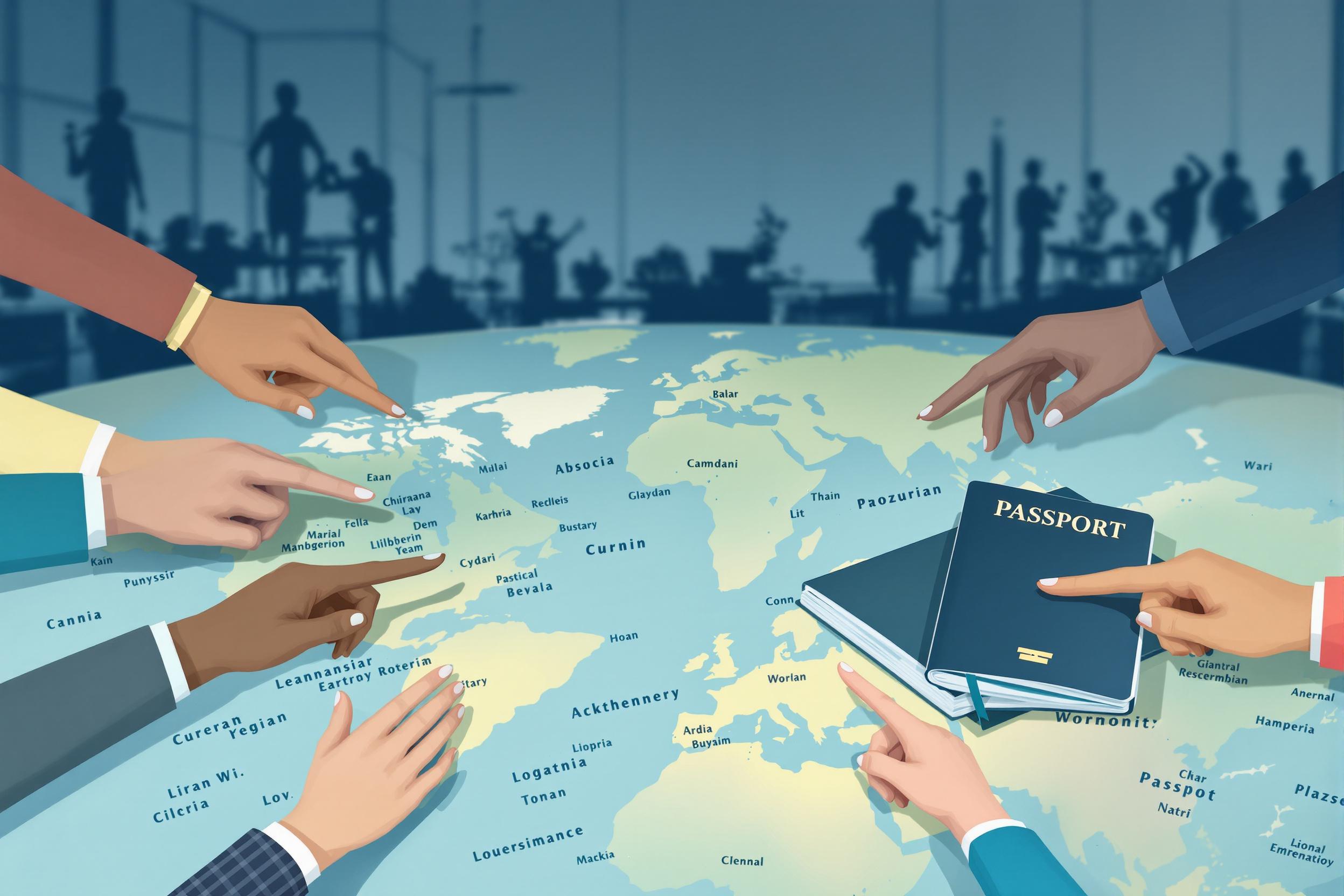
Cross-Border Trade
Cross-Border Trade refers to buying and selling products or services between different countries through online platforms. It's when a business helps customers shop from international sellers, handling everything from different currencies to shipping across borders. Think of it like running an international shopping mall online, where shoppers from one country can easily buy items from sellers in other countries. Companies like Amazon, eBay, and Alibaba use cross-border trade to let their customers shop globally. This type of business requires understanding international shipping, customs regulations, and how to make shopping easy for customers no matter where they are.
Examples in Resumes
Managed Cross-Border Trade operations across 5 countries, increasing international sales by 40%
Developed Cross-Border Trade strategies for expanding marketplace presence in Asian markets
Led Cross-Border E-commerce initiatives to launch new international shipping routes
Optimized Cross-Border Commerce operations reducing delivery times by 25%
Typical job title: "Cross-Border Trade Managers"
Also try searching for:
Where to Find Cross-Border Trade Managers
Professional Networks
Industry Resources
Events & Conferences
Example Interview Questions
Senior Level Questions
Q: How would you develop a cross-border trade strategy for a new market?
Expected Answer: Strong answers should include market research, understanding local regulations, currency considerations, logistics planning, and building relationships with local partners. They should also mention risk assessment and compliance requirements.
Q: How do you handle challenges in international shipping and customs clearance?
Expected Answer: Should discuss experience with customs documentation, working with shipping partners, understanding import/export regulations, and strategies for reducing delays and costs while ensuring compliance.
Mid Level Questions
Q: What factors do you consider when pricing products for international markets?
Expected Answer: Should mention exchange rates, shipping costs, customs duties, local market conditions, competitor pricing, and understanding local consumer purchasing power.
Q: How do you ensure good customer experience in cross-border transactions?
Expected Answer: Should discuss clear communication about shipping times and costs, local language support, multiple payment options, and handling international returns effectively.
Junior Level Questions
Q: What are the basic elements of a cross-border transaction?
Expected Answer: Should be able to explain the basic flow: order placement, payment processing, currency conversion, shipping, customs clearance, and delivery to customer.
Q: What payment methods are important for cross-border trade?
Expected Answer: Should mention major international payment methods like credit cards, PayPal, local payment options, and basic understanding of currency conversion.
Experience Level Indicators
Junior (0-2 years)
- Basic understanding of international shipping
- Knowledge of main payment systems
- Customer service for international buyers
- Basic marketplace operations
Mid (2-5 years)
- International logistics management
- Customs documentation handling
- Multiple marketplace management
- Cross-border pricing strategies
Senior (5+ years)
- International market expansion strategy
- Global supply chain optimization
- Cross-border regulatory compliance
- International business development
Red Flags to Watch For
- No understanding of international shipping and logistics
- Lack of experience with customs regulations
- No knowledge of international payment systems
- Unable to demonstrate awareness of cultural differences in global markets
- No experience with marketplace platforms
Need more hiring wisdom? Check these out...

Navigating the Legal Labyrinth: Unpacking Global Labor Laws for Transnational Teams

Speak Their Language: How Localized Job Descriptions Unlock Regional Talent

Lost in Translation? How a Hybrid Mentorship Database Bridges Cross-Regional Talent

